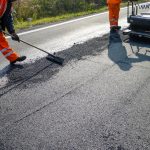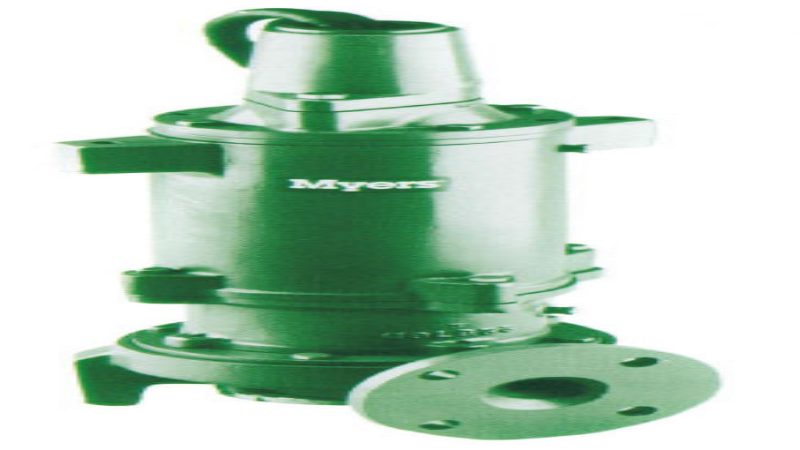There are many different uses for load cells, including in large industrial processes and massive weighing scales in ports and transportation hubs as well as sensitive devices used on tensioning equipment in manufacturing and production lines.
The choice of a load cell sensor is very important in the reliability, accuracy and the long-life cycle of any tension measurement system. Often as these systems need to respond to even slight variations in tension to provide precise winding and unwinding in various industries and on different systems, the choice of the best product available is critical.
Consider Technology
Today’s load cell sensor is much more sophisticated than those of even a decade ago. With the ability to work with an analog or digital type of readout or to be used to automatically control a system, the technology in the sensor and in the system is important.
Additionally, the new designs in sensors can be mounted in any position on equipment. This becomes increasingly important as machinery and systems become more compact and streamlined. Adding to the ease of mounting, look carefully at the maintenance requirements. Any product under consideration should be low maintenance and have a long-life cycle.
Ambient Environmental Considerations
Different load cell sensor designs are made out of a variety of different types of materials. The choice of stainless steel is highly recommended as this product will stand up in high humidity applications as well as in locations where heat or temperature change is a factor.
In any type of tension measurement application, particularly in paper and textiles types of production facilities, choosing a load cell that is designed for use in hazardous conditions is required. These types of systems are designed to prevent any electrical discharge from making contact with the air and potentially causing a risk of explosion.






